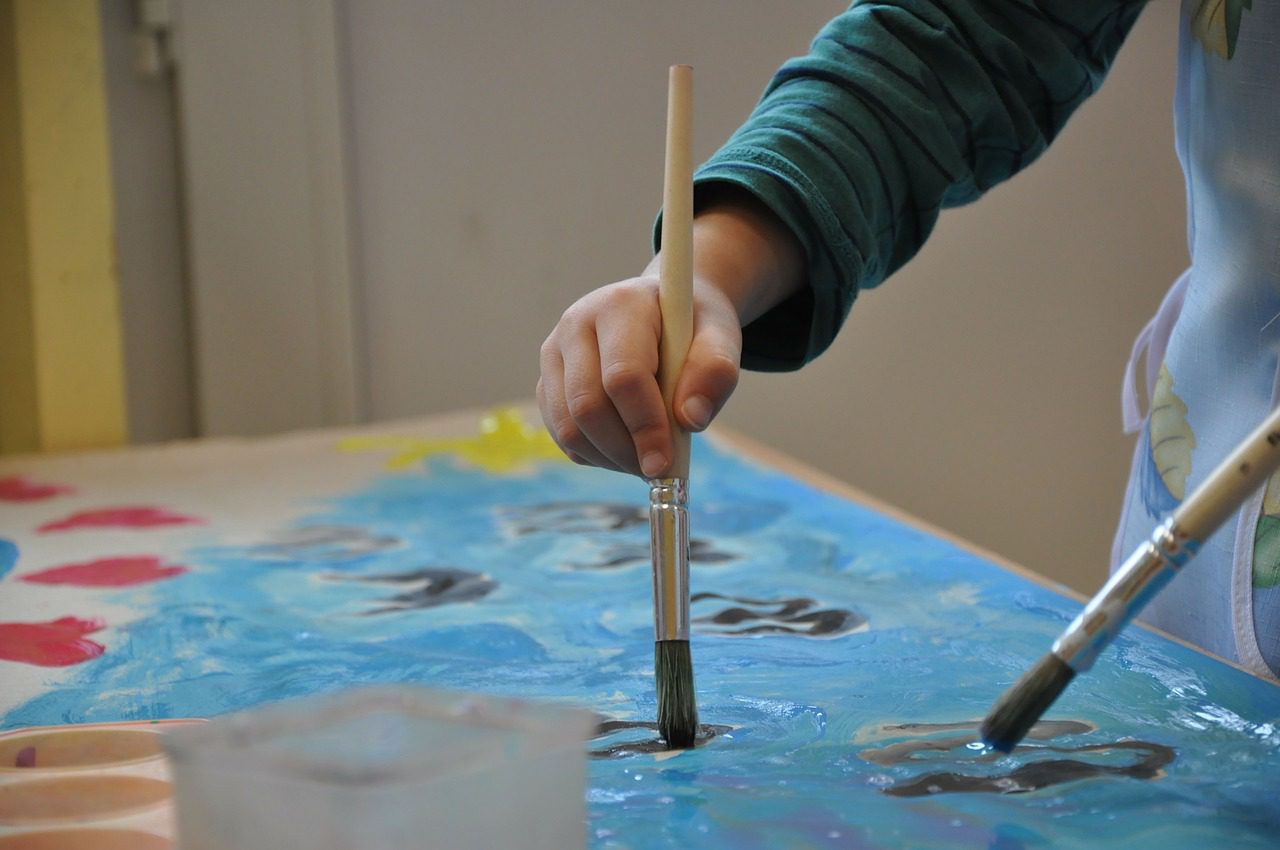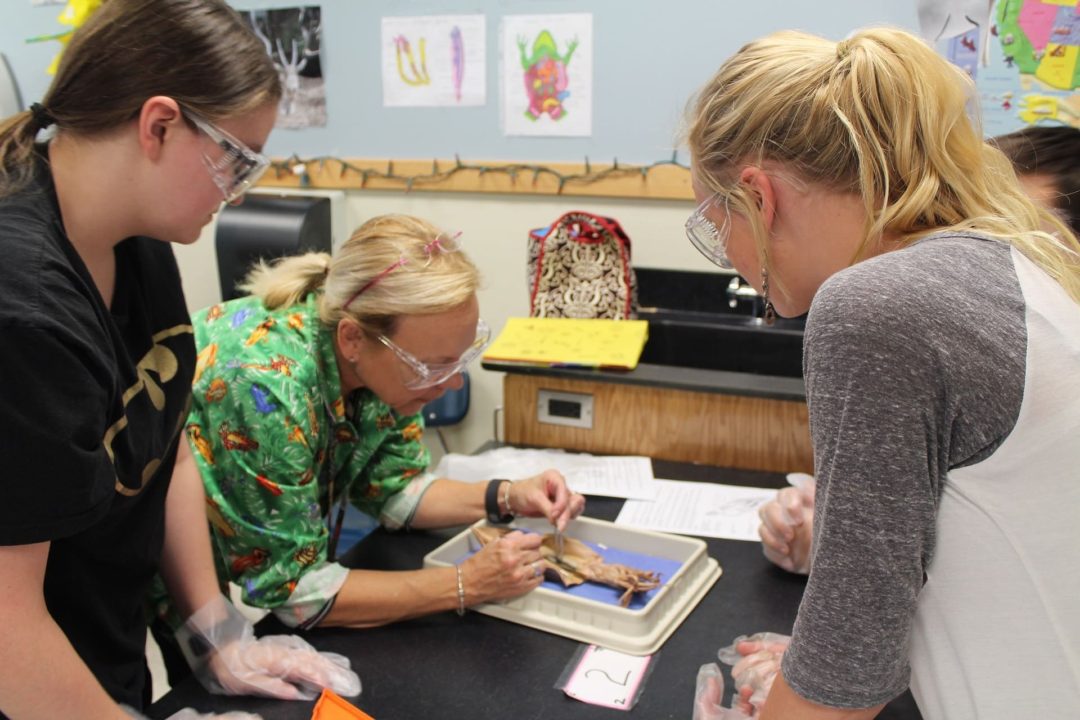In her first guest post, my American colleague Meghan Smith described the path that led her to a teaching career in Finland. In this follow-up post, she shares several of the valuable lessons that she has learned along the way.
My Initial Challenge: Two Ears, One Mouth
“You have brains in your head and feet in your shoes, you can steer yourself any direction you choose.” -Dr. Seuss
In Finland there is a universal saying which people actually follow: “You have two ears and one mouth.” I have understood this expression to mean that you should listen twice as much as you speak. Try to understand things before you open your mouth to make a promise or decision. I knew I had a lot to learn.
We Americans often interrupt each other, which is an unacceptable practice in Finland. As an American abroad, I would have to listen more carefully and consider my words wisely.
Coming to Helsinki in 2005 and becoming a teacher was a chance coincidence, not a thoroughly planned or permanent choice, initially. It was extremely challenging and difficult. Finnish culture emphasizes being self-sufficient and only after the first year, when I had plenty of good reasons to return “home”, did something latch onto my heartstrings amongst all the adversity with a capital ‘A.’
The education system had captured my heart, and I wanted to know everything about it. Along the way, I found my inner sisu, or courage against all odds.
Could this be the education system I dreamed of? Without metal detectors, or campus police? Could I teach here liberated from the flurry of standardized tests with their mindless multiple-choice bubbles?
Without official qualifications, and only armed as a “native speaker”, I applied to an English speaking kindergarten. I was given a one-year contract, but as I was unqualified, my salary was far more modest than the industry standard. That first year, I spent several hours outside per day, sometimes at just 5° F (-15°C) with very young international children—most did not know English. They spent so much time playing and not learning English, so I foolishly thought I should make their day more academically rigorous.
Looking back, I can see how naïve I was to just walk in and apply without even so much as a residence permit. In a country obsessed with fairness and official paperwork, it’s incredible I was offered anything. To become a qualified teacher, I would need a master’s degree in education, a teaching certificate and accreditation for a Finnish teaching qualification (about a year long process, which would ensure that I knew the curriculum and could teach in all areas of instruction). Finally, I would need to pass an official language test, proving my proficiency in Finnish. In Finland, the bar is set high for prospective teachers. I embraced the challenge.
Rediscovering the Joy of Learning
In my second year of teaching kindergartners, my coordinator approached me with some feedback.
“Meghan, you’ve been working really hard, and we’re very pleased with your efforts. The children seem happy, but I must discuss something with you.”
It was late September, about a month into the school year. This was a year after my hometown of New Orleans was hit by Hurricane Katrina—a personally devastating event, but eventually something that served as a catalyst in my life. I was putting all of my energy into teaching and immersing myself into this new culture. I’d seen enough to decide to stay in Finland to pursue my dream.
“The parents, they…. well, in our culture, it’s important for students to develop their imagination,” she began calmly.
Maybe we should do more arts and crafts, I thought.
“Literacy is wonderful, but it will develop when the child is ready. You don’t need to rush it. Once they start reading, they read other people’s ideas and become influenced by them, and parents want them to be sheltered from that, to remain children and to develop their own imaginations fully first.”
“Meghan, this is just kindergarten. There are many other important skills to learn. You’re doing great things, but it’s too much. Get to know them better as individuals, spend more time building relationships and confidence. They’re so young, they don’t begin school until they turn 7, when there will be time to learn to read and write. Develop their creativity through play, and have fun with it. It is so important in the beginning to help them to find what they enjoy about school.”
In the nicest way, she was telling me that my cultural perceptions and ideas of what were age-appropriate were completely off. Their school day was 4 hours long, half of which was recess and lunch, and another hour was devoted to play-based centers, crafts, baking, or music. My one hour of circle time and phonics each day was too much. I was pushing these 5-year-olds to go beyond pre-reading skills, and it crossed a cultural line, endangering their love of learning.
I couldn’t imagine this kind of feedback in the United States. In one conversation, my philosophy was dramatically altered—it became more child-centered, and I began to give more space for the wonder and joy of learning in my lessons.
Dignity in Learning and Teaching
Since that first epiphany, I’ve learned a lot. In Finland, there is dignity in teaching, but also a lot of respect and dignity held for students and their learning. Teachers take their responsibilities seriously, but they also enjoy their work and personalize it to cater to their own tastes and student needs, and students notice.
The Finnish National Core Curriculum provides a flexible framework for learning. Politicians, lobbyists, and even principals (who were all once teachers) are rarely involved with how teachers teach in the classroom, because we are individuals and respected professionals.
Textbooks are considered to be high quality and curriculum aligned, written by teachers and authors with expertise in the subject. Teachers can agree amongst themselves and choose which textbooks, if any, they will use in their lessons.
Besides choosing textbooks, teachers have a lot of freedom with planning and designing how to implement the curriculum in a way that suits their teaching style and their particular group of students, whom they will often teach for more than one year.
Teachers are allowed to fail and make mistakes, like students, with the end goal of learning and improving their craft. Teachers aim to fulfill most of the curricular expectations without the threat of losing their jobs.
We are encouraged to teach as researchers, experimenting to see what works best in the classroom. Assessment is a tool meant for guiding instruction and evaluating the learning of our students. Unlike the realities of many American teachers, we are not evaluated on the basis of our students’ test results.
Practicing Two Ears and One Mouth
It was strange to see the principal washing dishes in the staff room when I first became a qualified classroom teacher in a comprehensive school. “I’m here for you all, you are here for the students,” she would say.
The cleaning and cafeteria staff is treated with respect, and may be sitting next to the vice-principal or other “important” people at the staff party—an indicator of the flat hierarchy found in Nordic culture.
Finland’s hiring practices are democratic, too. It’s not uncommon for a heavily pregnant woman to be hired for a permanent position, even when all parties know that she will immediately take paid maternity leave for up to three years.
It is easier to teach children to treat each other fairly when the society models that behavior. When adults are less stressed and taken care of, so are the students!
Students get the opportunity to practice this behavior in ethics, my favorite subject to teach, which is absent in the U.S. school system as a stand-alone subject. Ethics is mandatory for students not enrolled in religious education (Lutheran or Islam) from grades 1-9.
Amongst other things, students learn to grapple with making ethical decisions in various situations, and how to resolve conflict. This is not something that could be tested on a standardized test, but I find it to be a useful subject for learning important life skills. It is learning to discern and to make good choices for yourself. It is practicing “two-ears and one mouth.” For more information about ethics as a school subject, see section 7.12 of Finnish National Core Curriculum.
Many teachers in Finland don’t truly appreciate or understand how privileged they are as professionals. Many don’t feel like they do anything in particular to compete in PISA rankings—in fact, the idea of competition is a turn-off. They don’t want to tell others how to improve. They want to listen and learn—they have two ears after all. Leave the attention and fuss to others obsessed with being the best. Finns don’t need to be the best. They don’t feel comfortable there. They just believe everyone should have an equal opportunity to reach their potential. And that goal is lofty enough.
Meghan dedicated this blog post to Sari Sola, her first administrative role model in education, and Erja Hovén, principal of Ressu Comprehensive School from 1994-2014, who offered her tenure. This post was originally published on June 25, 2014.




2 Comments
Thanks, Tim! Just wanted to note one correction that a few people have asked about, which is that depending on the school and the students in the school, there may be other religious courses offered, such as Orthodox, Catholicism, etc., and that the future direction of the new national curriculum may be religious education + ethics combined. In other words, all students together studying various world religions and standards in ethics as an academic subject. What I find refreshing is that again and again the students’ needs are often considered first and foremost, with their well-being in mind from the policy-maker level down. The skills taught are life skills to help them develop a rich, personally rewarding life for themselves, that can be applied in the “real world.”
Thanks for adding this, Meghan!